The Indian Automobile Industry is one of the largest in the world and the potential it has to grow further, is what all the manufacturers in the world are aiming for. The cheap source of raw materials, cheaper labour compared to anywhere else in the world without compromising much on the quality of the products, makes India a potential Gold mine and every manufacturer wants a piece of it. Some countries have learned to read the terrain to hold a good grip in the market and some countries have failed miserably. While we look at different manufacturers for another day, we will now take a look at the fate of the US carmakers in India.
Subscribe To The GoMechanic YouTube Channel
Just because India has got a good potential for selling cars doesn’t mean anything that you throw at it will sell well. Although the market is huge, it is very competitive and it is very important to know the mindset of the locals before introducing products and hoping they will do good numbers. The Japanese and Koreans seem to understand the Indian preferences all too well and that is what makes the Suzuki and the Hyundai\Kia combo, the largest manufacturers in India. We are a country with a major section of the population falling under the middle-class category and therefore give preference to smaller, more practical cars that are fuel-efficient and easier to maintain. Suzuki and Hyundai have done just that with products like Swift, Alto, WagonR, i10, Santro, Baleno and i20 etc. These products always staying in the top 10 of the highest selling cars is definite proof for their success.
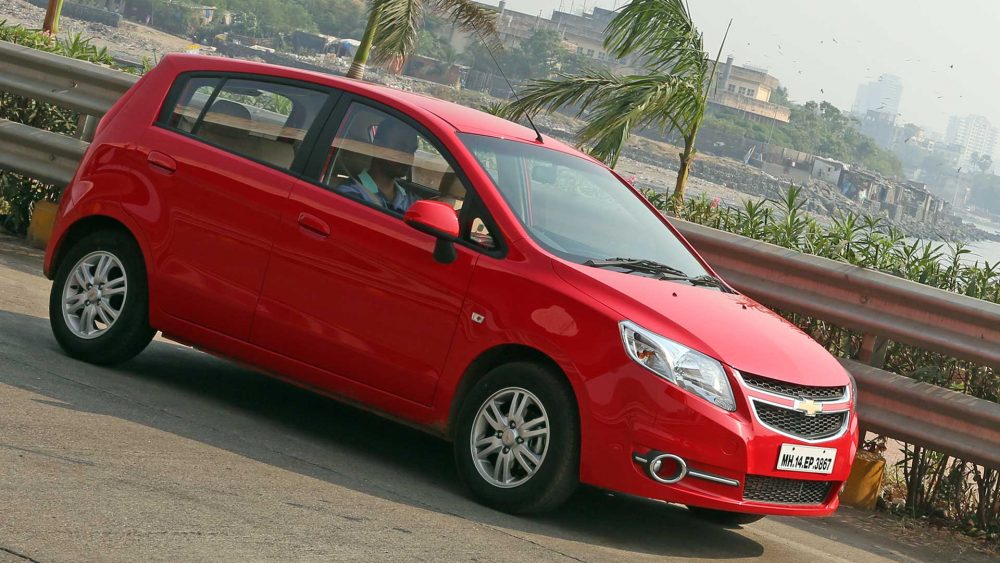
In the same way, when you look at the products from American manufacturers like Chevrolet Sail U-VA, Opel Vectra, Opel Corsa, they failed to impress the Indian audience and it was further affected by poor after-sales service. Let’s make a small list to explain the reasons that decided the fate of the US carmakers in India better.
-
Lack of Localisation
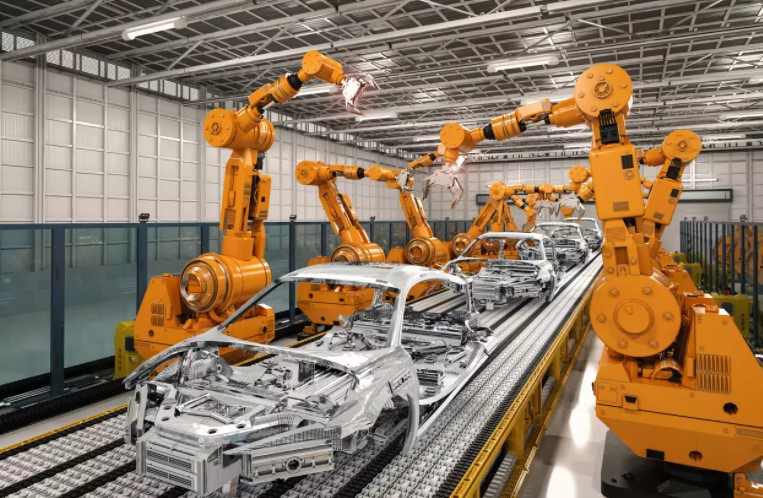
localized production Most of the manufacturers from the US either never manufactured their product locally or they ended up doing it in the later stages. Previous manufacturers like Opel brought CBU (Completely Built Units) models and sold them in India, while Chevrolet had an assembly plant and brought CKD (Complete Knocked Down) units to be assembled in India except for a few products like Chevrolet Beat and Tavera. We believe Ford is the only manufacturer to have used more localised parts. Using more localised parts in any country that the manufacturer is in, not only increases the profit(depending on the country that you are in) but also increases customer’s confidence since they play a very important role in maintenance as the cost of spare parts and servicing can be reduced drastically.
-
No Innovative Products
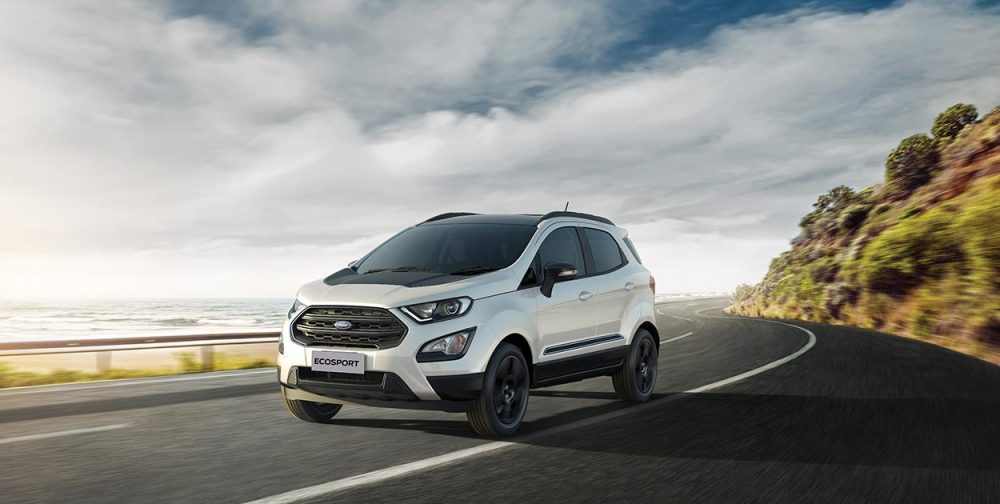
Ford Ecosport Where there is no Innovation, there is no growth. And this is true in every industry and not just in automobiles. Let’s face the truth, apart from the Ford Ecosport, there are not many innovative products that were manufactured with the Indian market in mind. Heck, even the Chevrolet Beat that was a success in India, was a copy of the Chevrolet Spark in the US. There was no attempt from the US carmakers to make more products specifically for the Indian market. They won’t even care too, because they already make enough profit in the US itself that any other outing in other countries is like a gamble investment and of minuscule importance for the top management. The investments will be low so that they can pack their bags and shut down, anytime they see a recession, loss or pandemic.
-
Misunderstanding the Indian Mindset
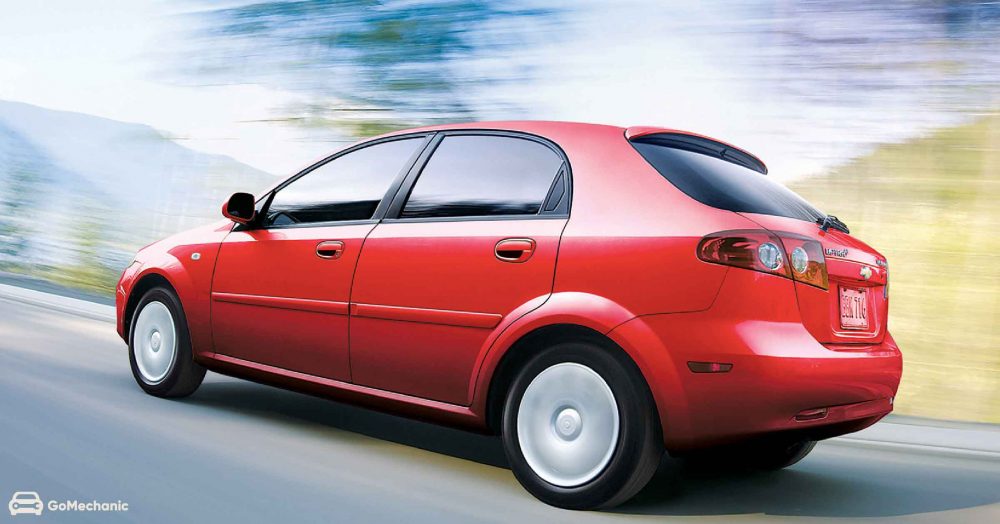
Chevrolet SR-V If there is one thing that the US manufacturers are bad at, then it has to be in studying the local market. By studying the local market, we mean the study of the Indian mindset and the preferences of an average Indian buyer. These are the most basic things one has to consider while thinking of launching a product in India, after all, it is the average Indian who is the consumer and the final target of the business. Unable to understand simple requirements like these the manufacturers are bound to fail and that is exactly what happened to the fate of the US carmakers in India. An average Indian’s first preference will be the cost of the vehicle and he will be looking for one while already being on a tight budget and from there the other priorities like service costs, service network, cost of spare parts all fall together and help decide the product.
-
Lack of Global Approach
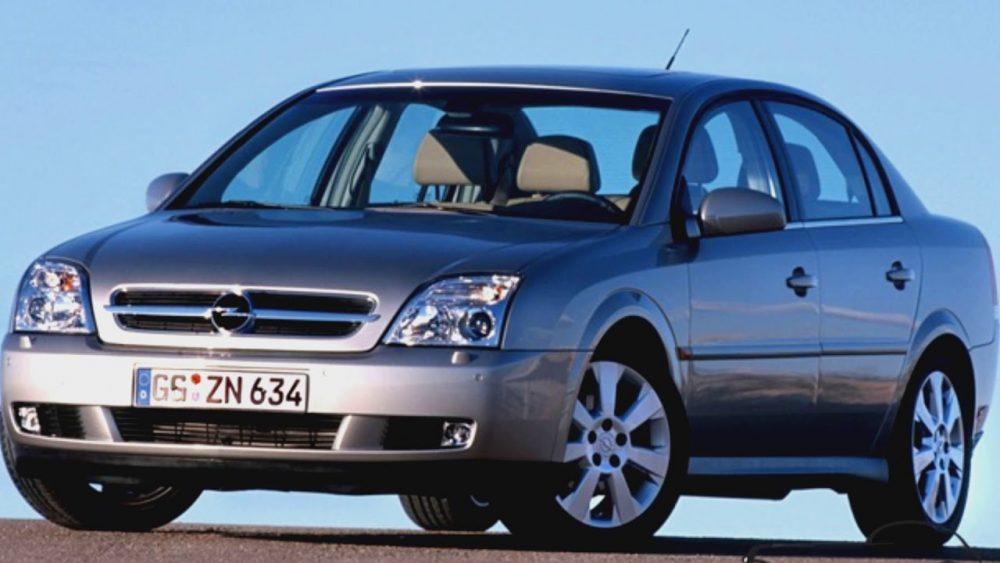
Opel Vectra When we look at the spread of US manufacturers throughout the globe then we will be able to see that, the ill fate of the US carmakers in India is shared in other countries as well. It’s not just in Asia that they have suffered but in Europe and other parts of the world as well. And, we believe that the major reason for this is the lack of a global approach by the US manufacturers. They fail to see that in many markets, a Civic\Corolla is where the segments end, while in the US, the same Civic\Corolla is where the segment starts. This creates a whole lot of difference in the approach of a consumer and an actually interested manufacturer would be able to make up for the difference by carefully changing the strategy of what products must be released in that market.
-
Service Network
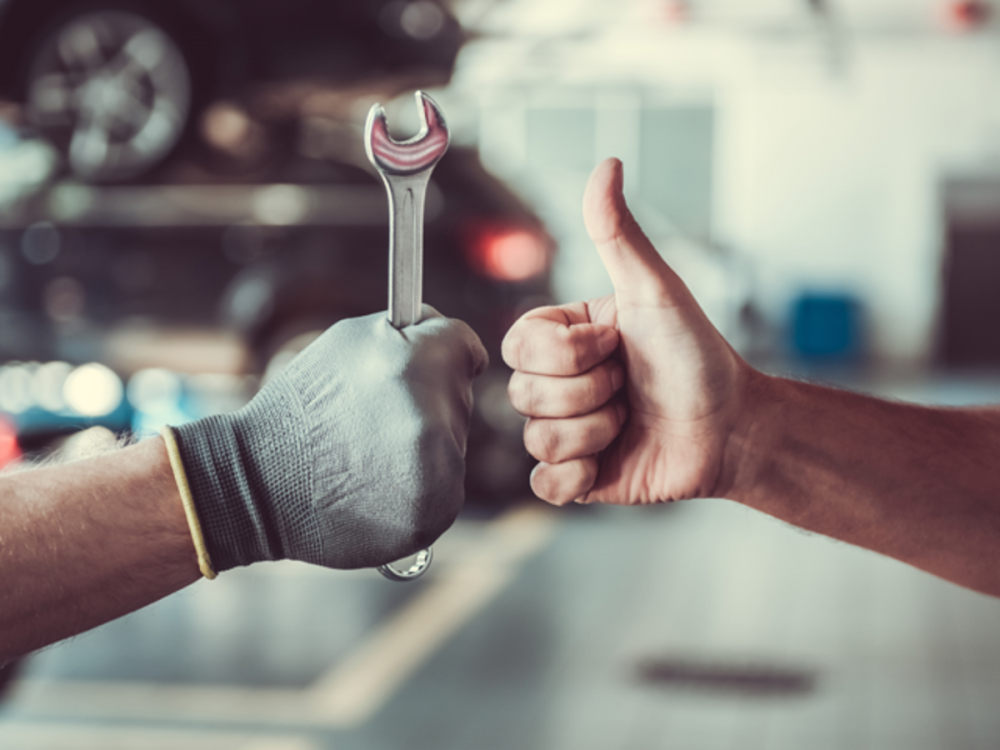
Service network The service network and the quality of servicing can be said as the backbone of the automobile industry. It is quite obvious that the major reason why Suzuki and Hyundai enjoy a major share of the market is because of their wide range of service networks and the low-cost servicing of their products. Some of the products from the US manufacturers like the Chevrolet Cruze and Opel Corsa were brilliant but a good service centre is something hard to find for the buyers. It was hard to find in Tier-1 cities themselves, so you can forget about towns and rural areas having service centres. Even if you managed to find one, some of their products like the Chevrolet Cruze had higher servicing costs when compared to their competitors during its time.
Even after ranting about all this, we still love some of the products that have come all the way from the US. Some of our favourites are,
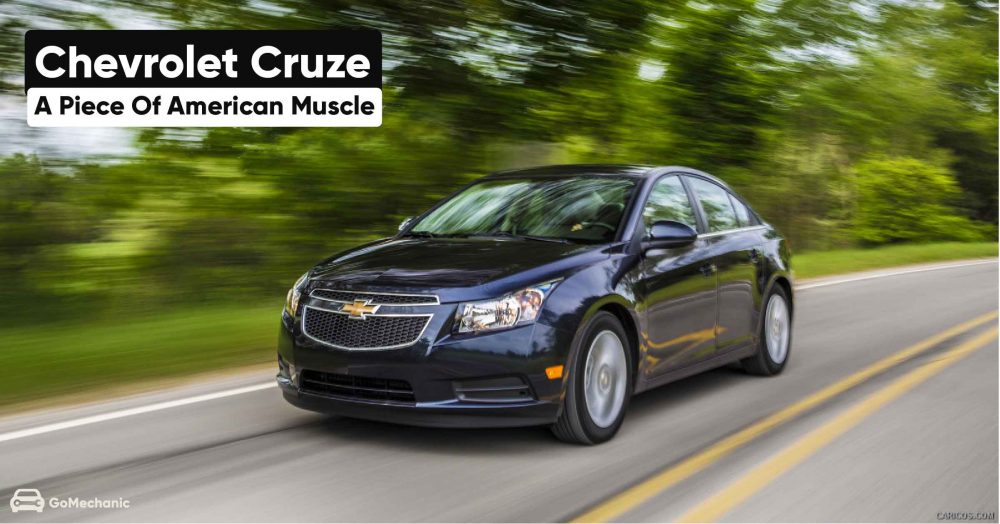
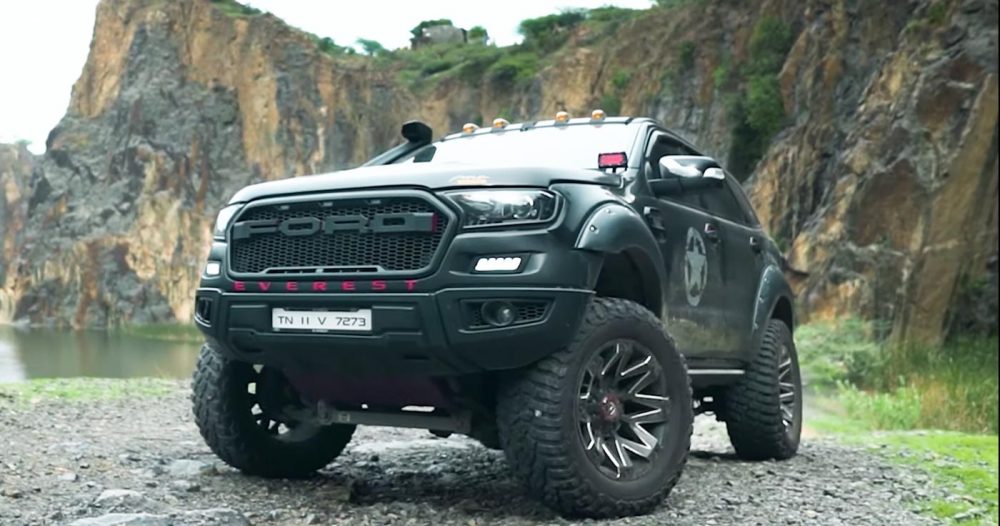
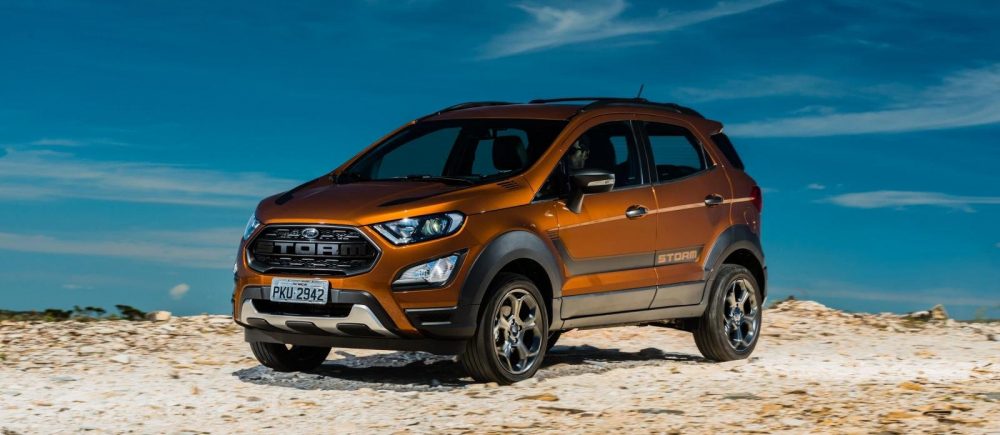
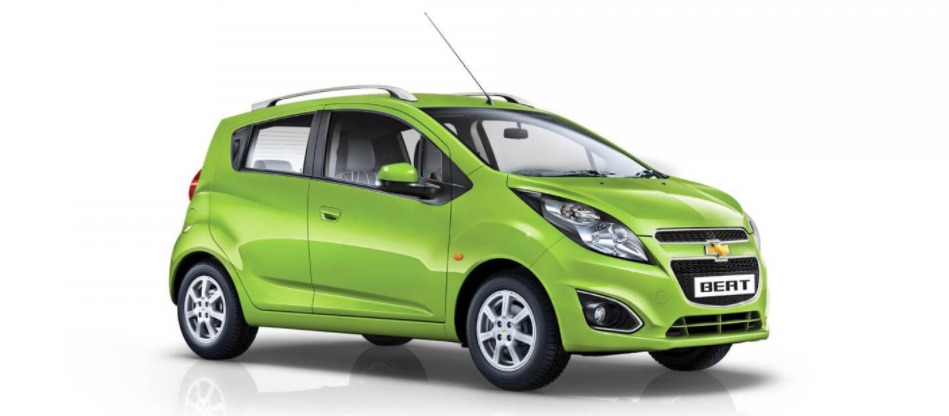
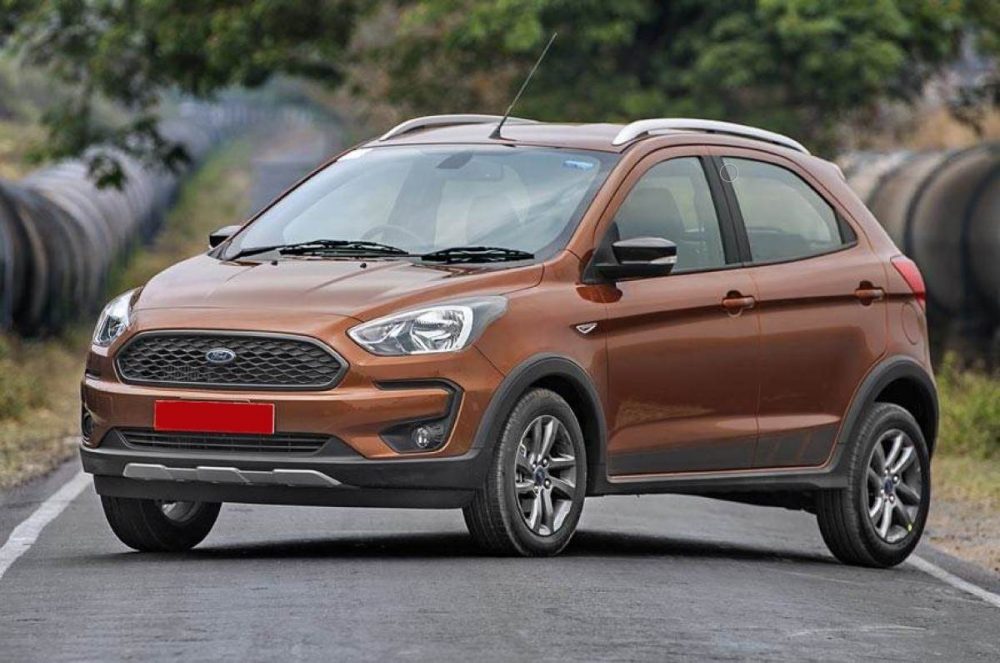

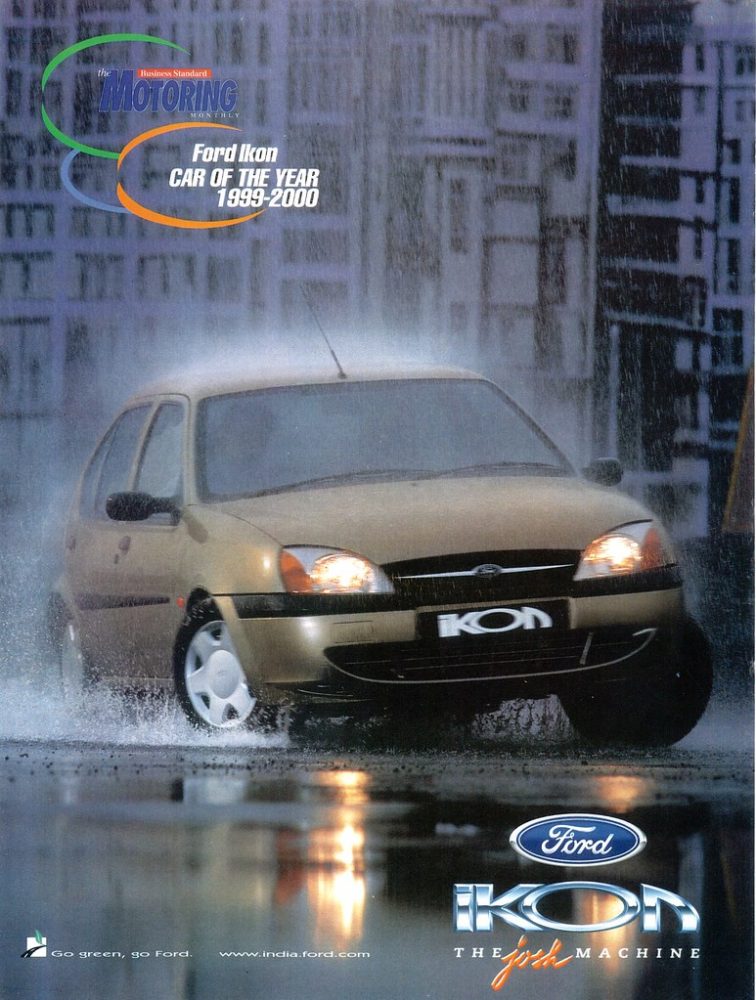
These cars are amazing products and there is almost very little to complain about when we consider what they have on offer. Some are old with lots of memories, while some were new and came with all the bells and whistles to compete in their respective segment. This is one of the prime reasons why we insist on consumers to love a product and not the company\manufacturer. That being said, we still think there are a lot more niggles that caused the downfall of the US carmakers in India and we would love to hear them from you. Extra points for those who owned or currently own one of the products mentioned in this article. Feel free to comment below.








Nice Article! However, the writer has mostly focussed on cost and other factors. What about safety in a country like India which has the highest accident rate in the world?
Maruti Suzuki has the worst record of safety in its paper thin models like Alto, Eeco and Baleno!
Let’s face it – 80% of Indian motorists drive wildly and like to purchase cheap and gimmicky cars!
The cars are not the issue – Indian motorists are the issue!
Very true and we couldn’t agree more. Even we regret the fact that Maruti Suzuki has the worst record for safety and we need to start giving more importance to safety. But unfortunately in a country where the majority of the population is middle class and still consider cars only as luxury and not a necessity, the manufacturers do tend to resort to cheap and gimmicky cars.
Indian motorists do drive wildly sir but I’m afraid the percentage might not be so high. Indian motorists have evolved over time and we now have a better set of riders than we did back in the day when cars themselves were rare.